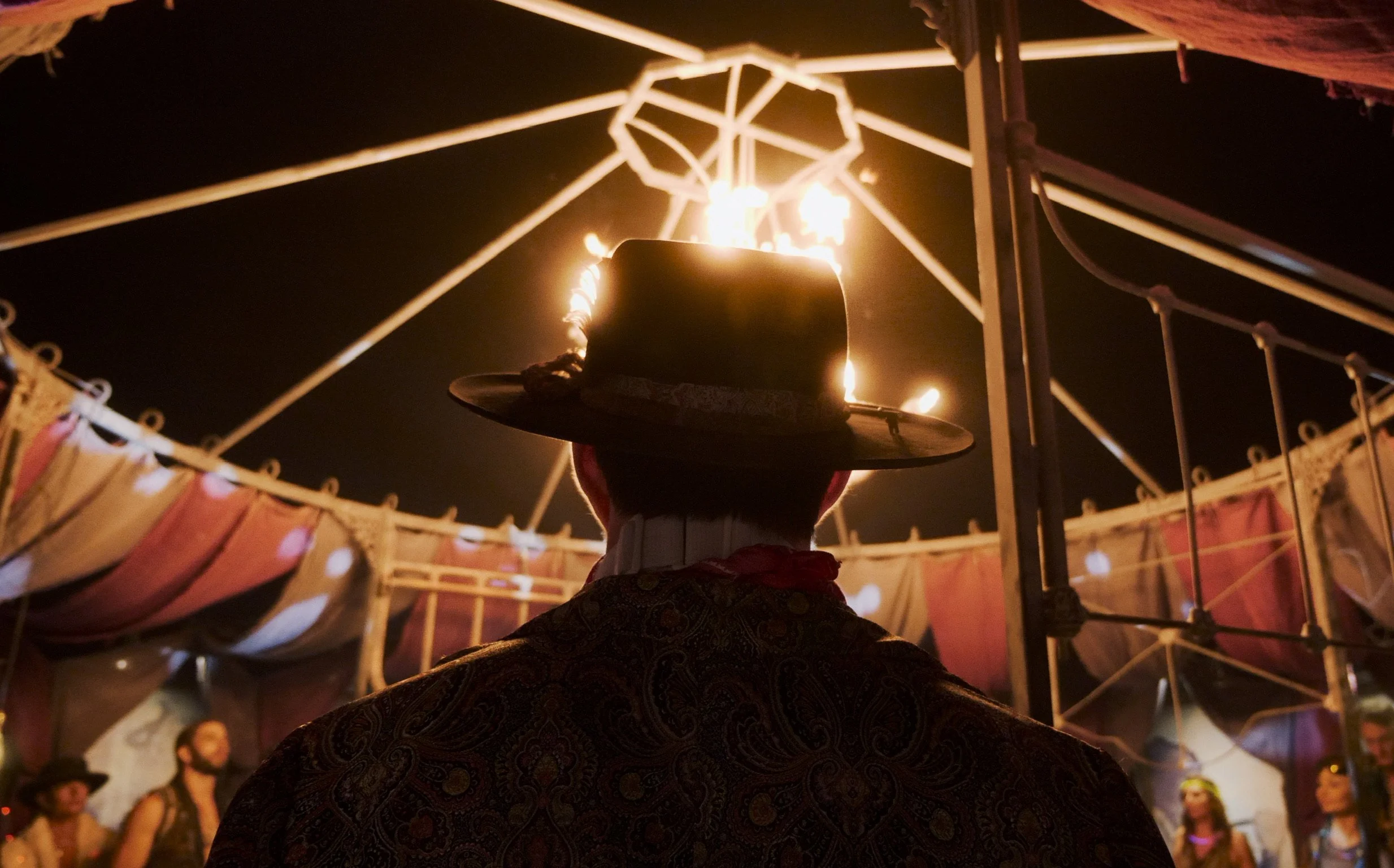The Evolution of CGI: How Technology is Changing Cinema
In the realm of cinema, the evolution of technology has always played a pivotal role in shaping the way stories are told and visualized. From the early days of hand-drawn animation to the advent of computer-generated imagery (CGI), the landscape of filmmaking has continuously been redefined by technological advancements. In this article, we'll delve into the fascinating journey of CGI and explore how it has transformed the cinematic experience.
The Dawn of CGI
The roots of CGI can be traced back to the 1970s when pioneers like Ed Catmull and Fred Parke began experimenting with computer-generated graphics at the University of Utah. These early endeavors laid the foundation for what would later become a groundbreaking innovation in the world of cinema. It wasn't until the 1980s that CGI started making its presence felt in mainstream films, with notable examples like "Tron" (1982) and "The Last Starfighter" (1984) incorporating computer-generated visuals.
Pushing Boundaries
As computing power grew and software became more sophisticated, filmmakers gained the ability to create increasingly realistic and complex CGI effects. Blockbusters like "Jurassic Park" (1993) and "Terminator 2: Judgment Day" (1991) showcased the potential of CGI in bringing fantastical creatures and futuristic worlds to life. These films marked a turning point in the industry, demonstrating that CGI could not only complement traditional filmmaking techniques but also push the boundaries of what was visually possible.
CGI in the Digital Age
Fast forward to the 21st century, and CGI has become an integral part of nearly every aspect of filmmaking. From epic superhero battles to breathtaking landscapes, CGI is now ubiquitous in modern cinema. Films like "Avatar" (2009) and the Marvel Cinematic Universe have raised the bar for visual effects, immersing audiences in immersive worlds that were once unimaginable.
The Intersection of Art and Technology
While CGI has undoubtedly revolutionized the way stories are told on the big screen, its widespread use has also sparked debates about the role of technology in filmmaking. Some argue that an over-reliance on CGI can detract from the authenticity and emotional resonance of a film, while others see it as a powerful tool for unleashing creative vision. The balance between practical effects and CGI is a constant consideration for filmmakers, with many striving to find the perfect blend of both techniques to achieve their desired cinematic vision.
Challenges and Innovations
Despite its widespread adoption, CGI still presents challenges for filmmakers. The creation of realistic CGI requires significant time, resources, and expertise, and even the most advanced technology can sometimes fall short of achieving the desired effect. Additionally, the rapid pace of technological advancement means that filmmakers must constantly adapt to new tools and techniques to stay ahead of the curve. However, these challenges have also spurred innovations in the field of CGI, with companies and artists continuously pushing the boundaries of what is possible.
The Future of CGI
Looking ahead, the future of CGI in cinema appears boundless. With advancements in technology such as virtual reality (VR) and augmented reality (AR), filmmakers have even more tools at their disposal to craft immersive and interactive experiences for audiences. Additionally, the rise of artificial intelligence (AI) is poised to further revolutionize CGI, enabling more efficient rendering and automation of tasks. As technology continues to evolve, the possibilities for CGI in cinema are limited only by the bounds of imagination.
Conclusion
The evolution of CGI represents a fascinating journey at the intersection of art and technology. From humble beginnings to its current status as a cornerstone of modern filmmaking, CGI has forever changed the way stories are brought to life on the silver screen. As technology continues to advance, the role of CGI in cinema will undoubtedly continue to evolve, shaping the way we experience and interact with films for generations to come. And while debates may rage on about the impact of CGI on storytelling, one thing remains certain: its influence on the world of cinema is here to stay.

